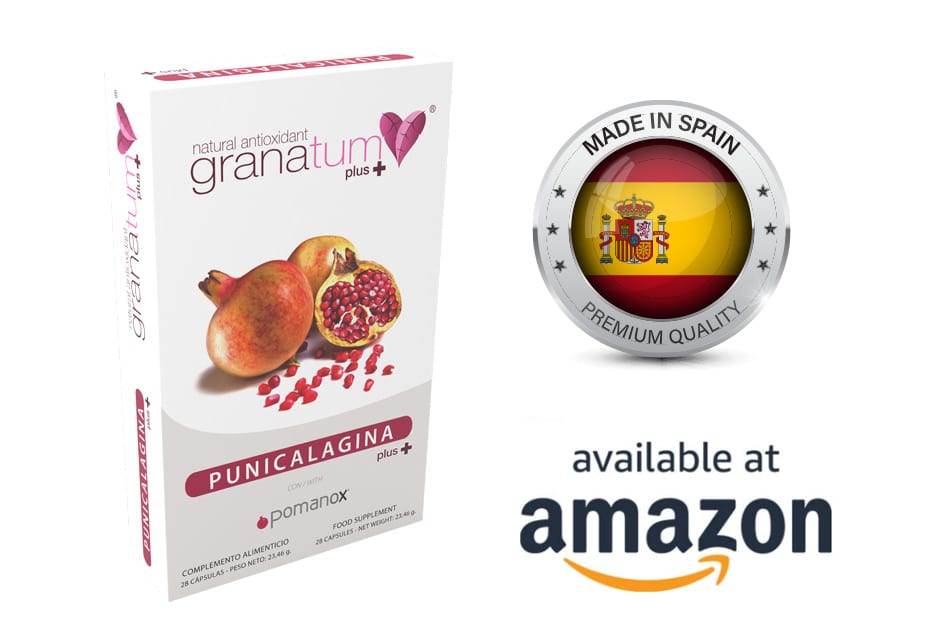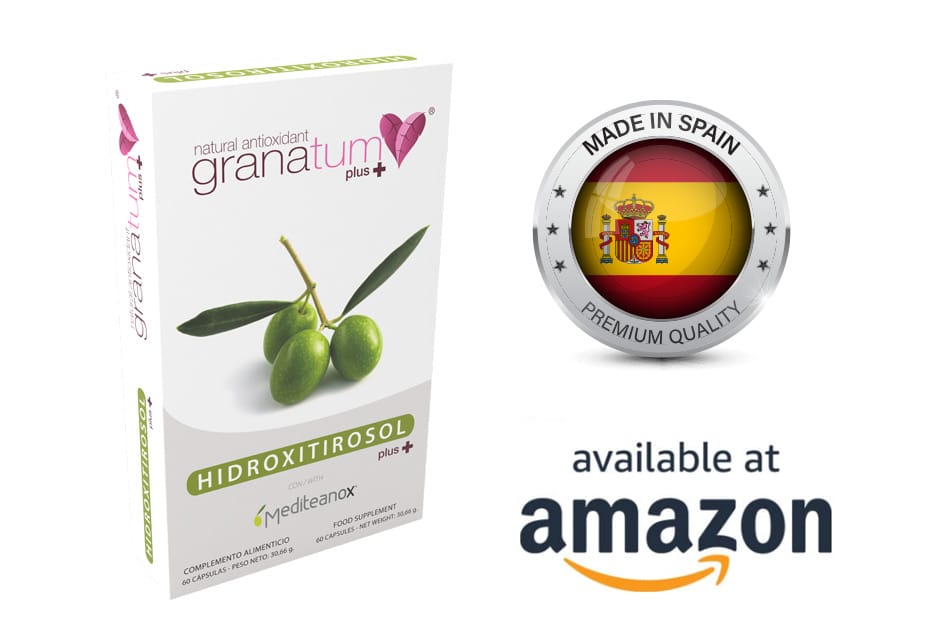
Towards this objective, we explored highly potent and selective small molecule inhibitors, the ellagitannins, from the crude extract of Pomegranate (Punica granatum) fruit peel. The pure compounds, punicalagin, punicalin, and ellagic acid isolated from the extract specifically blocked the HCV NS3/4A protease activity in vitro. Structural analysis using computational approach also showed that ligand molecules interact with the catalytic and substrate binding residues of NS3/4A protease, leading to inhibition of the enzyme activity.
Further, punicalagin and punicalin significantly reduced the HCV replication in cell culture system. More importantly, these compounds are well tolerated ex vivo and‘no observed adverse effect level’ (NOAEL) was established upto an acute dose of 5000 mg/kg in BALB/c mice. Additionally, pharmacokinetics study showed that the compounds are bioavailable. Taken together, our study provides a proof-of-concept approach for the potential use of antiviral and non-toxic principle ellagitannins from pomegranate in prevention and control of HCV induced complications.
RESEACH TITLE: Small molecule inhibitors of HCV replication from Pomegranate
COUNTRY: India
CONDUCTED BY: Department of Microbiology and Cell Biology, Indian Institute of Science, Bangalore- India
PUBLISHED ON: Scientific Report
RESEACH:
INTRODUCTION
Hepatitis C virus (HCV) is one of the main causes of chronic liver disease. It is estimated that around 170 million people are chronically infected with HCV worldwide1. Chronic infection of HCV is linked to deregulation of innate and adaptive immune signaling mechanisms as well as virus induced cytotoxicity. Error prone viral genomic replication in the hepatic micro environment permits immune evasion and facilitates viral persistence, which in turn drives the progression to liver fibrosis, cirrhosis and hepatocellular carcinoma2. The rapidly evolving HCV RNA leads to a challenge for development of specific antiviral therapies against all viral genotypes. The current therapy including a combination of pegylated IFN-α(pegIFN-α) and ribavirin with either telaprevir or boceprevir has significantly increased the sustained viral response (SVR) in genotype 1 infected patients. However, this therapy suffers some additional limitations. In particular, slow decline of viral load during triple therapy has high risk for the selection of resistance associated with variants. Therefore, the development of more potent, safe, immune-boosting and well tolerated medications is the need of the hour.
A vast majority of natural components or dietary components are capable of modulating mitogenic signals, cell cycle regulation, angiogenesis, apoptosis and metastasis4. Few of the plant derived dietary components have been explored for their abilities to interfere with all possible stages of HCV life cycle via different mechanisms and proved valuable to HCV therapy. Recently, naringenin (grapes) has been shown to inhibit apolipoprotein B-dependent secretion of HCV particles5. Proanthocyanidin (blueberry) suppresses HCV replication, possibly by interacting with hnRNP A2/B6. Curcumin (turmeric) inhibits HCV replication via suppressing the AKT SREBP-1 pathway7and entry of all HCV genotypes into human liver cells8. Epigallocatechin-3-gallate (green tea) inhibits HCV entry9. Also, its phenolic epicatechins (+/−) inhibit HCV replication via cyclooxygenase-2 pathway10. Similarly, quercetin has been shown to inhibit HCV by targeting the cellular heat shock proteins, HSPs 40 and 7011. It also abrogates the HCV NS3/4A protease activity in vitro as well as ex vivo12.
Pomegranate (Punica granatum) is one of the natural delicious fruit consumed worldwide. In Ayurvedic medicine, it is described under its Sanskrit name ‘dalima’ (fruit) as a blood purifier13. It has been used for centuries for treatment of variety of health disorders. Apart from its anti-inflammatory and anti-cancerous activities14, it inhibits viral infections, such as HIV15,16, influenza17, enterovirus18 etc. Fruit peel of P. granatum, comprising almost 26–30% of total fruit weight, is enriched with hydrolysable tannins (punicalin, pedunculagin, punicalagin, ellagic acid and gallic acid), anthocyanins and catechins. These compounds account for 92% of the antioxidant activity19, 20. P granatum fruit extract doesn’t cause side effects and not known for drug interactions; rather it prevents liver fibrosis21. However, systematic analysis of the anti-HCV properties of P. granatum and its principle ellagitannin members has not been studied so far. In this context, we explored anti-HCV properties of P. granatum fruit peel extract and its ellagitannin derivatives, punicalin (PLN), punicalagin (PGN) and ellagic acid (EA). These compounds showed dose dependent inhibition of HCV NS3/4A protease activity in vitro and considerable reduction of HCV RNA levels in HCV subgenomic replicon and infectious cell culture systems using HCV-JFH1 (genotype-2a) virus and H77S (genotype-1a) RNA. Interestingly, these active compounds were found to be systemically bioavailable and very well tolerated upto 5000 mg/kg b.wt in BALB/c mice and meet all the needs for being potent anti-HCV therapeutic molecules.
Results
Identification of bioactive compounds from P. granatum fruit peel based on bioassay guided method
The crude methanolic extract (~90%) of P. granatum fruit peel and juice were evaluated for their anti-HCV NS3 protease activity. Although both peel and juice extracts showed inhibition of NS3 protease activity, but peel extract was found to be more effective than the juice extract (Fig. 1A). Further, the HPLC analyses of crude methanolic extract of P. granatum fruit peel revealed punicalin (PLN), punicalagin (PGN) and ellagic acid (EA) as major constituents (Supplementary Fig. S1). Subsequently, this peel extract was successively partitioned by n-hexane (fraction-1), chloroform (fraction-2), and ethyl acetate (fraction-3) in a polarity gradient (Supplementary Fig. S2A) and concentrated. These fractions (fractions1-3) and left over residue (residue-3) were assessed for their potential to inhibit HCV NS3 protease activity. Among these, residual fraction (residue-3) was identified as biologically most active in inhibiting NS3 protease (Fig. 1B and Table 1). Interestingly, HPLC analysis of this residual fraction also revealed the presence of PLN, PGN and EA as major components (Supplementary Fig. S2B). The residual fraction-3 was further sub-fractionated by size exclusion column chromatography. The PLN, PGN were eluted sequentially in water (sub-fractions 1A & 1B) indicating that these are highly polar compounds whereas EA was eluted in both alcohol (sub-fraction 2A) and acetone (sub-fractions 3A & 3B). These sub-fractions were concentrated by rotary evaporator. Identities of these purified compounds were confirmed by LC ESI-MS (Supplementary Fig. S3–S5), and were authenticated by NMR, IR and UV spectroscopy studies (data not shown). These purified compounds were further evaluated for their anti-HCV properties.
YEAR: 2014

